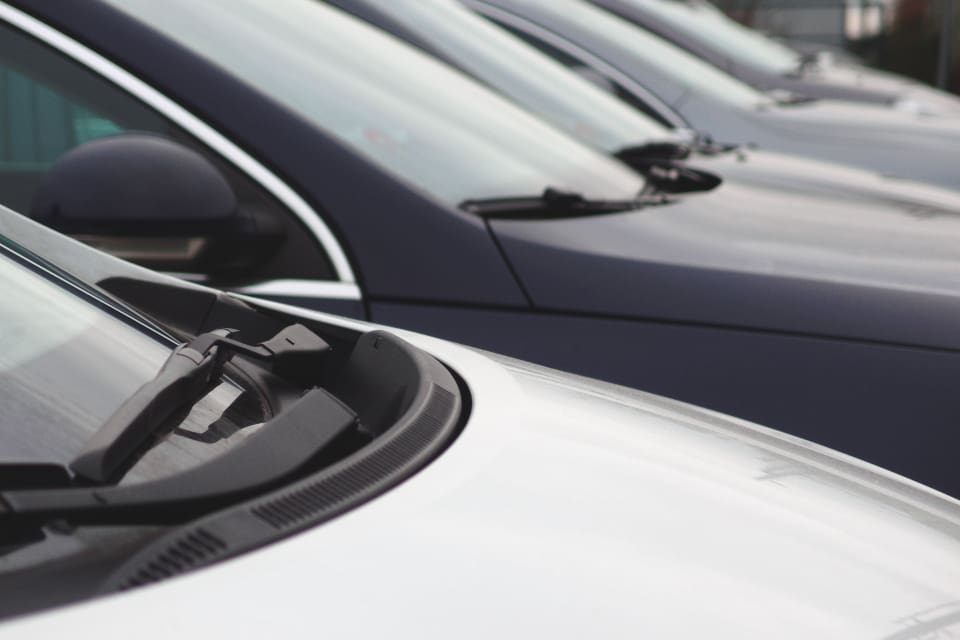News
What to Do After a Car Accident in Arkansas
Last year, Americans set a tragic record: 51 children died from vehicular heatstroke, the highest number in recorded history.
Vehicular heatstroke can happen year-round, but the risk is higher in the summer months, especially in states like Arkansas that experience relentless heat and humidity from May through August.
Anyone can be the victim of vehicular heatstroke, but the risk is greater for children. That’s because their bodies do not regulate temperature as efficiently. Arkansas law also requires young children to ride in the backseat, where they may be overlooked.
Most parents are aware that hot cars can be dangerous, even deadly. Unfortunately, simple awareness is not enough. Prevention requires action.
The good news is that the tragedy of hot car deaths is 100% preventable. Implement the following guidelines to help ensure your child’s safety.
For more resources on heatstroke prevention, visit our post on Child Safety: Avoiding Heatstroke as Temps Soar.
Protecting children from heatstroke is everyone’s business. If you see something, say something. If you see an unattended child in a car and think they may be in danger, call 911 immediately.
You don’t have to wait for law enforcement to arrive, though. If the child is unresponsive or seems to be in pain:
Arkansas, like many other states, has a Good Samaritan law to protect people who offer aid in emergency situations. While the law is listed under “Medical Professions” in the Arkansas Code, it includes a section for ordinary citizens.
Any person who is present at an emergency or accident scene will not be held liable for civil damages (such as breaking a car window) on two conditions:
The Arkansas Good Samaritan law means that you can act to rescue a child from a hot car without fear of being sued. When you act, however, it requires that you do so responsibly and in good faith.
Find more detailed information on Arkansas’s Good Samaritan Laws…
Remember: if you see something, say something. Together, we can protect our children.
